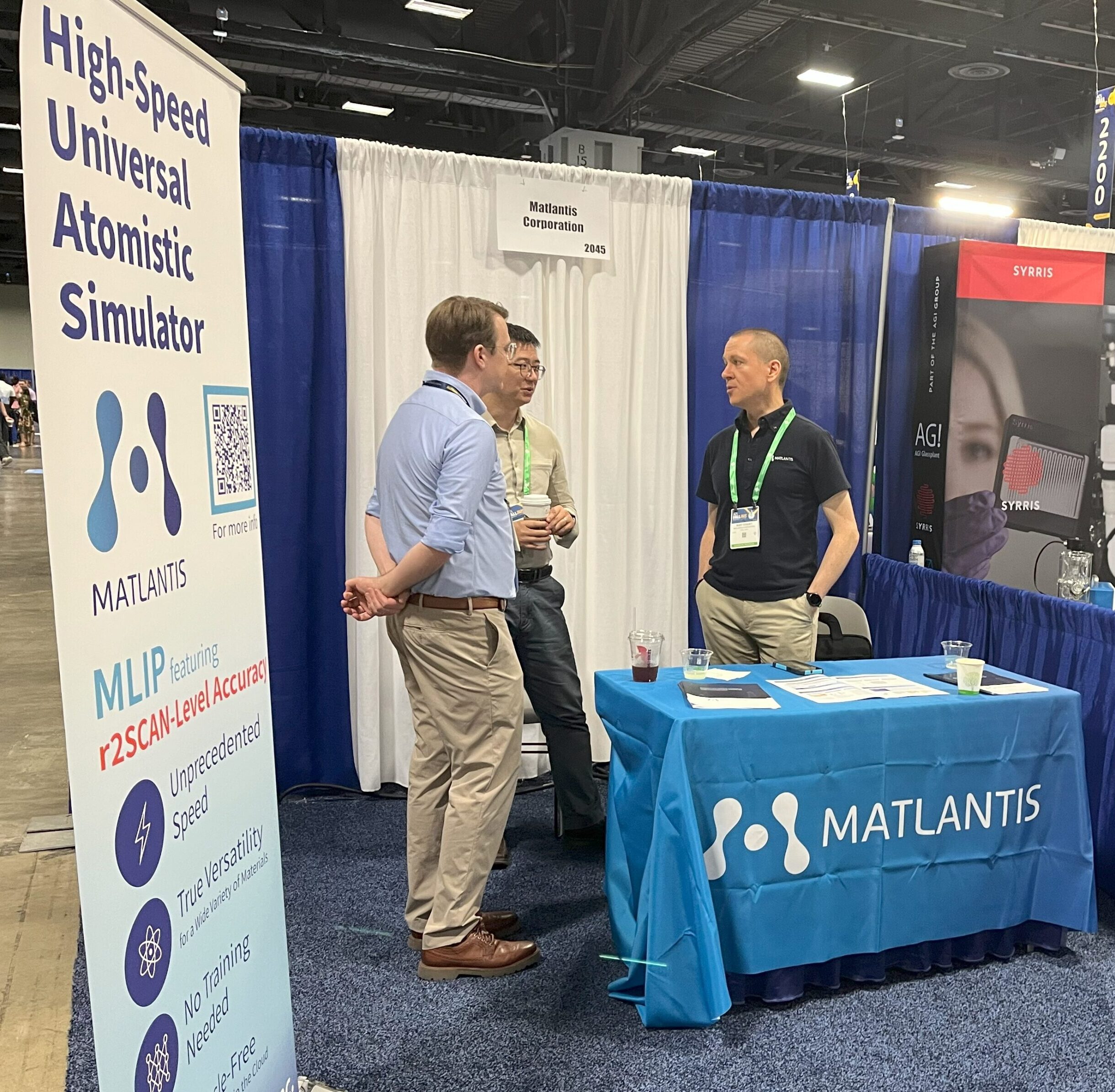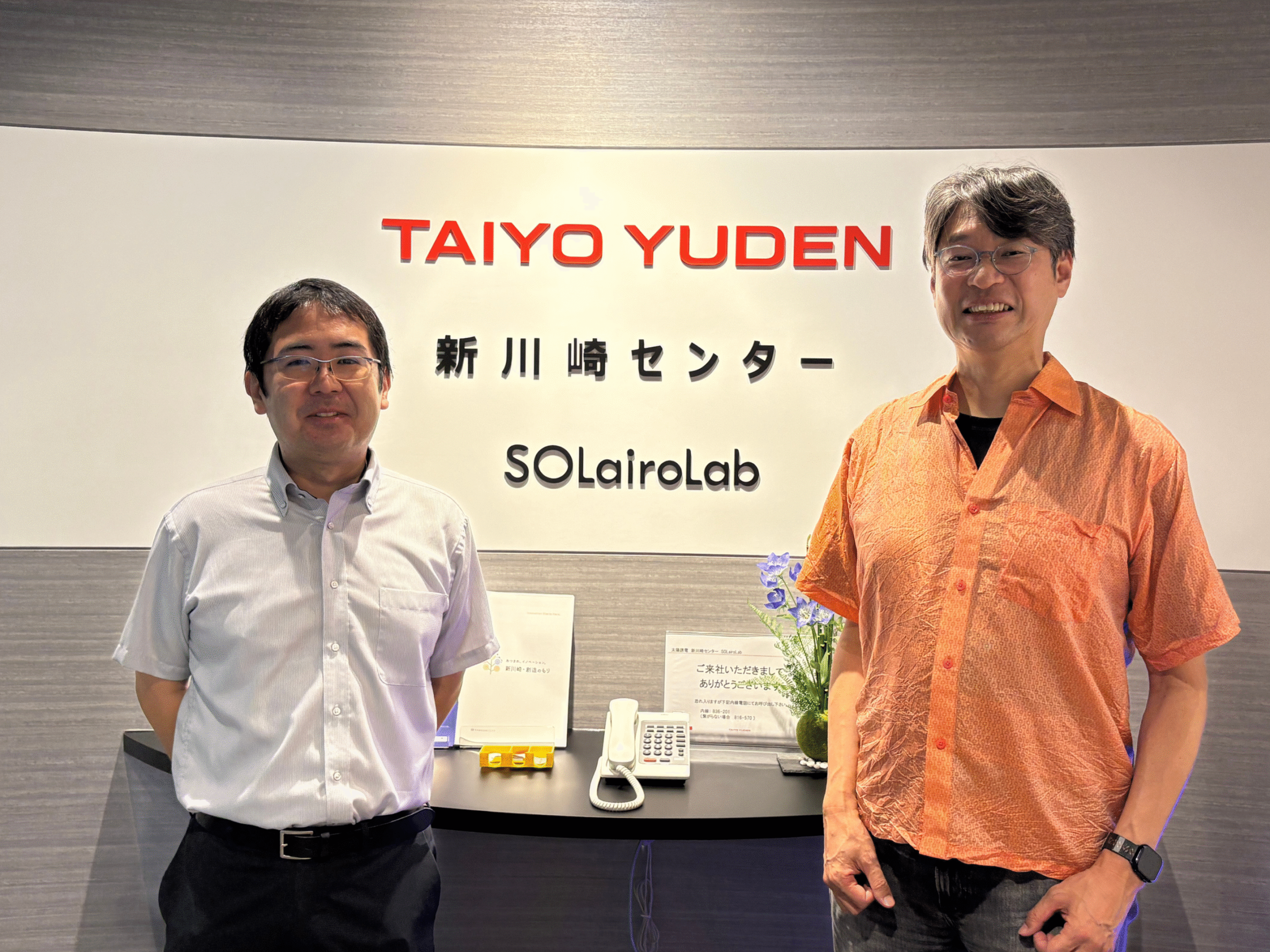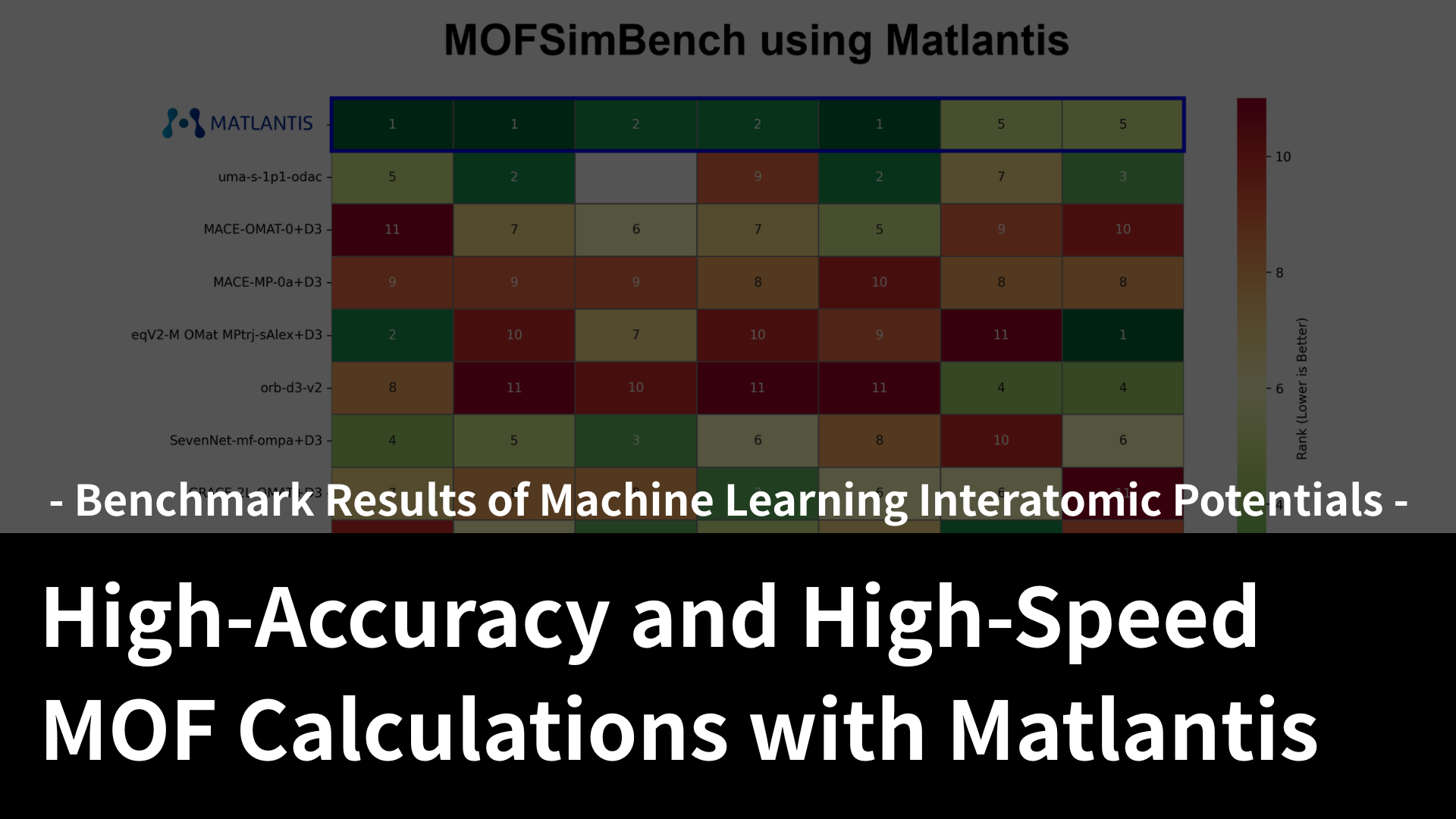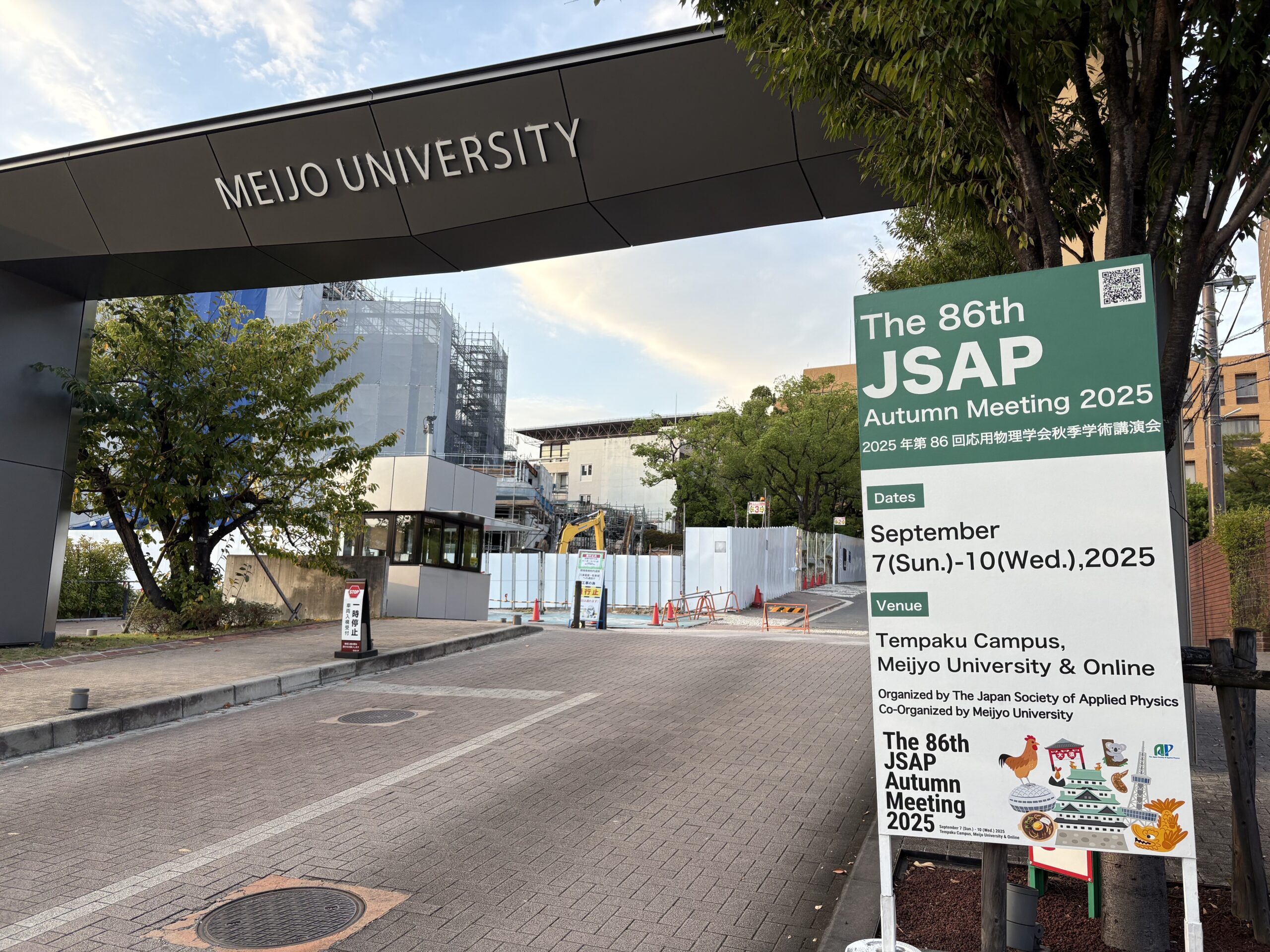The Matlantis team recently attended ACS Fall 2025, where interactions with many researchers provided a firsthand perspective on several distinct trends shaping the future of computational science. Drawing upon the insightful discussions at our exhibition booth and various presentations, we present an analysis of three trends we believe are defining the next era of innovation.(This article and the insights within were authored by the Matlantis US team.)
You can find our pre-event announcement and the quick report we have published at the links below.
- Event Announcement: Matlantis at ACS Fall 2025
- Quick Report: Exhibited and presented at ACS Fall 2025
Trend 1: The Shift from Computational Chemistry to AI-Powered Discovery
While the integration of computational chemistry into industry has been ongoing for some time, the truly significant trend we observed is the rapid rise of AI-powered materials discovery.
The conversation is no longer just about applying computational chemistry, which is already an established practice, but about leveraging AI to drive it.
The focus has decisively shifted toward AI-driven approaches for optimizing and discovering new materials. This evolution positions platforms like Matlantis at the forefront of this new wave, moving beyond traditional methods to accelerate innovation.

Here's a shot from the Matlantis booth: the authors of this article, Joshua (left) andQingjie (center) from our US office, are deep in discussion with Rudy (right) from our Japan office.
Trend 2: The Establishment of Trust in Machine Learning Interatomic Potentials (MLIPs)
The second major trend is the now-established trust in Machine Learning Interatomic Potentials (MLIPs). Just four or five years ago, there was still considerable skepticism.
At this year's ACS, however, we saw countless examples of companies and university research groups using MLIPs as a standard part of their R&D process, demonstrating a clear consensus on their reliability and predictive power.
This trajectory is reminiscent of Density Functional Theory (DFT). Fifteen years ago, experimentalists were still wary of DFT results, but today it is an indispensable industrial tool. We believe MLIPs are on the exact same path and are poised to become a similarly foundational technology in the years to come.
Trend 3: The "Democratization" of Atomistic Simulation via the Cloud
The final trend is the "democratization" of atomistic simulation, making it accessible to a much broader range of researchers. A key driver of this is the move toward cloud-based platforms, which eliminate the need for expensive capital investments in on-premise High-Performance Computing (HPC) infrastructure.
This democratization is unfolding in two main ways:
First, there is strong demand to expand the scale of simulations. Researchers are eager to model larger, more complex systems like proteins and polymers, which is precisely the challenge that advanced technologies like our LightPFP aim to solve.
Second, there is growing interest from experimental chemists. They need intuitive, user-friendly tools that allow them to integrate predictive simulations into their lab work without requiring deep expertise in computational science.
By expanding the scope and lowering the barrier to entry, we can empower a much wider scientific audience to accelerate their discovery process.
Conclusion: Toward a Future Where Simulation and Experimentation Merge
ACS Fall 2025 made it clear that computational materials science has entered a new era. The rise of AI-driven discovery, growing trust in MLIPs, and the democratization of simulation tools signal a future where the lines between computation and real-world experimentation blur, allowing more researchers than ever to make groundbreaking discoveries.
We are committed to leading this exciting transformation and empowering the next wave of scientific breakthroughs.
How can you stay ahead of these trends in materials science?
- Get the Matlantis Portable Guide to see how our platform addresses these emerging trends.
- Download the Trend Analysis Report for a deeper analysis of computational materials science trends to shape your R&D strategy.






![[Kyoto Univ. Prof. Kitagawa Wins the Nobel Prize in Chemistry]What is PCP / MOF? Explaining Their Impact and Significance](https://matlantis.com/wp-content/uploads/2025/10/ブログ_アイキャッチMOF-1-scaled.png)